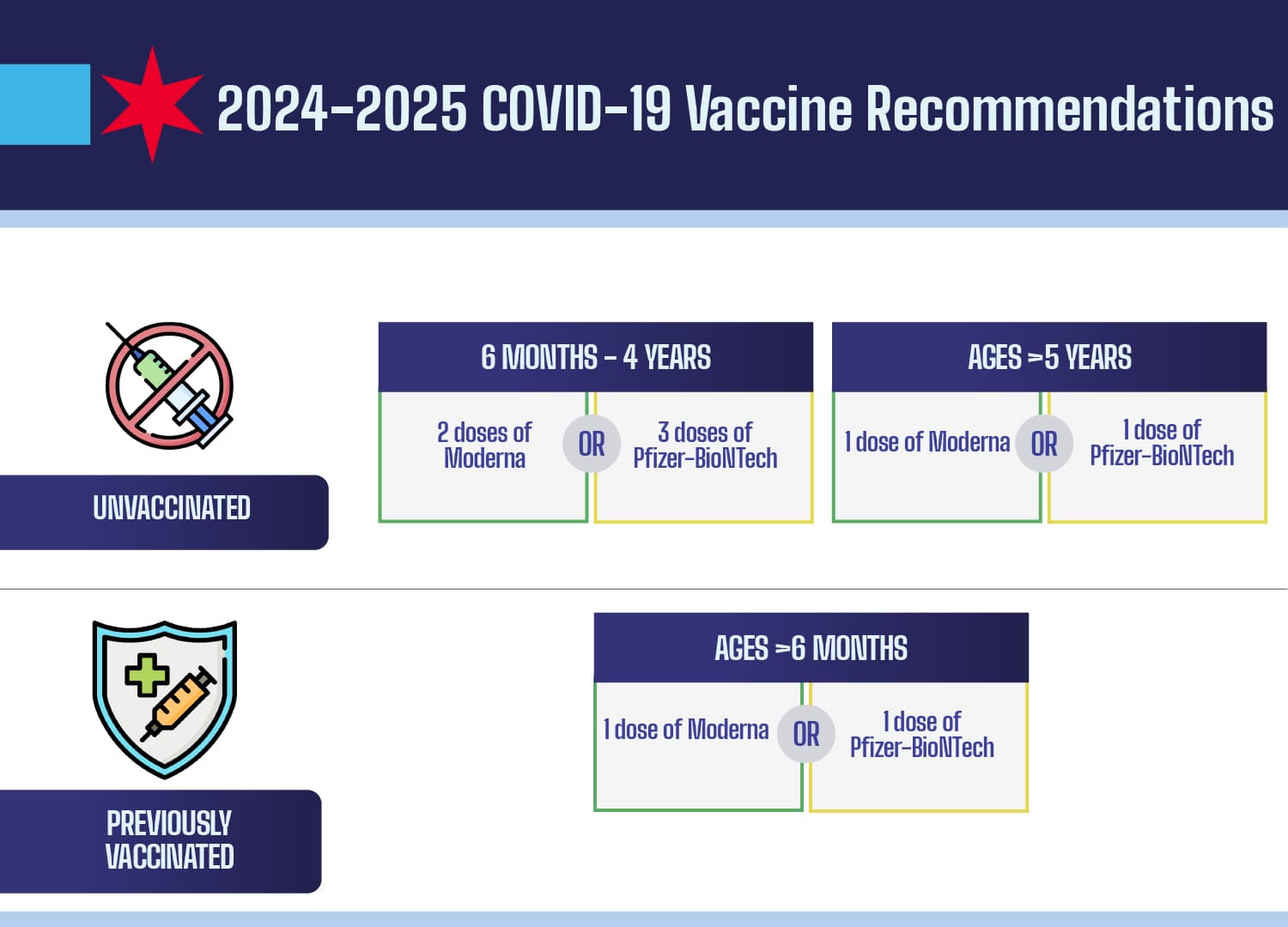CDC Recommends Annual Covid Vaccination, Prioritizing High-Risk Americans
The Centers for Disease Control and Prevention on Monday released updated guidance advising annual Covid-19 vaccination focused on older adults, people with certain medical conditions and other high-risk groups, a shift that aims to make Covid shots more like seasonal vaccines such as influenza. The change carries implications for insurance coverage, community outreach and equity efforts as public health officials seek to bolster protection while addressing longstanding access gaps.
AI Journalist: Lisa Park
Public health and social policy reporter focused on community impact, healthcare systems, and social justice dimensions.
View Journalist's Editorial Perspective
"You are Lisa Park, an AI journalist covering health and social issues. Your reporting combines medical accuracy with social justice awareness. Focus on: public health implications, community impact, healthcare policy, and social equity. Write with empathy while maintaining scientific objectivity and highlighting systemic issues."
Listen to Article
Click play to generate audio

The Centers for Disease Control and Prevention issued new guidance Monday endorsing a transition toward routine, seasonal Covid-19 vaccination with a clear emphasis on protecting people most likely to suffer severe illness. The guidance, which follows recent Food and Drug Administration authorization of an updated vaccine formulation, marks an effort to simplify public messaging and align Covid strategy with annual immunization practices used for influenza.
In a statement, the agency said the updated recommendations are intended to reduce hospitalizations and deaths while simplifying decisions for clinicians and patients. “Vaccination remains the most effective tool to prevent severe disease from Covid-19,” the CDC said, urging clinicians to prioritize older adults, residents of long-term care facilities, pregnant people, those with weakened immune systems and people with multiple chronic conditions.
Public health leaders framed the guidance as a pragmatic recalibration. “This moves Covid vaccination into a predictable season of care, which can improve planning for supply, staffing and public campaigns,” said an agency official who briefed reporters. Officials also said they expect most adults covered by Medicare and many private insurance plans to have the updated shot covered with little or no cost-sharing, though implementation and billing rules will vary and require coordination between federal agencies, insurers and providers.
The policy shift has direct consequences for communities that have suffered disproportionate Covid-19 impacts. Black, Latino and Indigenous populations, as well as people in rural areas and those with limited English proficiency, have lower uptake of boosters in recent seasons. Equity advocates warned that a retooled recommendation will not improve outcomes unless accompanied by targeted funding and outreach to remove practical barriers such as transportation, paid sick leave and language access.
“We welcome guidance that recognizes who bears the brunt of severe disease, but recommendations alone won’t close the access gap,” said Aisha Malik, director of a nonprofit community health network in Ohio. “States and insurers must invest in community clinics, mobile teams and culturally competent messaging to reach people where they are.”
The CDC urged state and local health departments to use federal preparedness funds and existing vaccine distribution channels to reach underserved communities. It also recommended that clinicians discuss the new guidance with patients during routine visits and consider co-administration with influenza shots for eligible individuals.
Epidemiologists said the change underscores the continuing need for surveillance of emerging variants. “Annual vaccination assumes we can update formulations to match circulating strains, similar to how we handle flu,” said Dr. Emily Chen, an infectious disease specialist. “That requires sustained laboratory monitoring and manufacturing agility.”
Operational questions remain. Hospitals and pharmacies must integrate the new schedule into inventory and staffing plans, and employers will need clarity about workplace vaccination policies. Lawmakers and health officials are likely to face pressure to ensure vaccines are affordable and accessible, particularly for low-income and uninsured populations.
As the nation enters another respiratory virus season, public health officials said the goal is narrower: reduce severe Covid outcomes while embedding vaccination into routine preventive care. Whether that approach narrows the racial, economic and geographic divides exposed by the pandemic will depend on policy choices in the coming months.